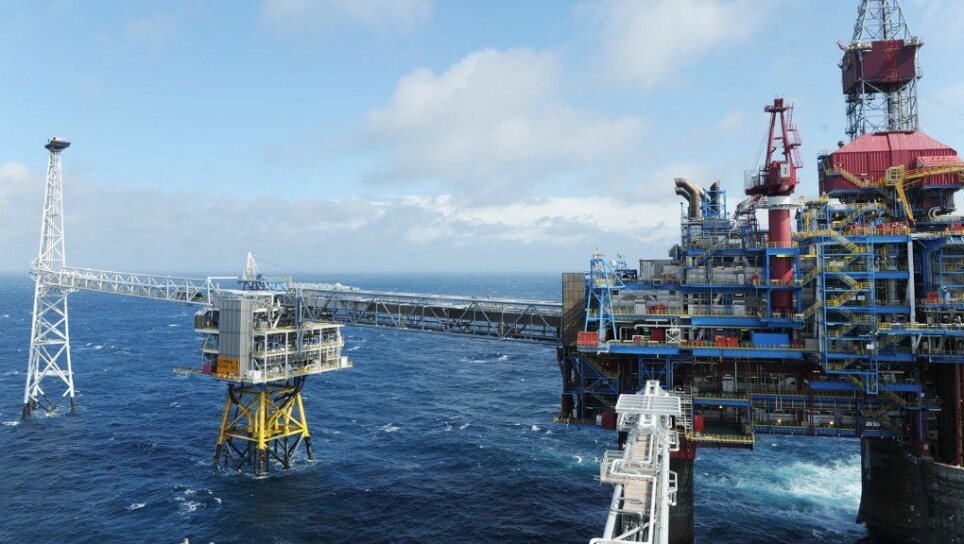THIS ARTICLE/PRESS RELEASE/podcast IS PRESENTED and paid BY NTNU Norwegian University of Science and Technology - read more

The Longship that could help save the planet
PODCAST: Everyone knows there’s just too much carbon dioxide in the atmosphere — and we’re heating up the planet at an unprecedented pace. Find out what Norwegian researchers are doing to help address this problem.
More than 20 years ago, Norwegians helped pioneer an approach to dealing with CO2 that’s still ongoing today— they captured it and pumped it into a rock formation deep under the sea.
Now the Norwegian government is building on those decades of experience with a large-scale carbon capture and storage project called Longship.
Will it work? Is it safe? And is it something that other countries can benefit from, too?
An investment for the future
In December 2020, the Norwegian Storting endorsed a plan called Longship to fund full commercial-scale carbon capture and storage at a cement factory in Brevik, and with the possibility for funding for a waste recycling plant in Oslo.
Cement production contributes roughly 8 per cent of all CO2 emissions worldwide. Because these emissions are a byproduct of how the cement is produced, not from burning fossil fuel, there’s essentially no way to make the material without emissions.
Carbon capture and storage is the only viable solution in this case, says Philip Ringrose, a geoscientist specialist at Equinor and Norway’s only professor of CO2 storage, based at NTNU.
“When it comes to the hard questions, what am I going to do about heavy industry, about shipping— a lot of industrial processes that you cannot decarbonize fully without carbon capture, then you are going to have all this captured CO2 and you are going to want to do something with it,” he says.
Norway’s long history
Norway’s foray into carbon capture and storage started at the Sleipner gas field, where the world’s first commercial scale use of carbon capture and storage started in 1996.
But there were also some difficulties, too, when, for example, then Prime Minister Jens Stoltenberg announced that Norway would undertake its own version of a “Moon Landing,” by attempting large scale carbon capture and storage at a refinery and power plant in Mongstad.
Unfortunately, it was the Moon Landing that wasn’t. But to hear the history of what happened and why it matters, you’ll have to listen to the podcast.
Our other guests on the podcast are Mona Mølnvik, director of the Norwegian CCS Centre and research director at SINTEF, and Olav Bolland, dean of NTNU’s Faculty of Engineering.
See more content from NTNU:
-
Do you have an ear for languages? It may be related to how you perceive the rhythms
-
Why did so many girls die?
-
Your genes could make you susceptible to high blood pressure starting from the age of three
-
Can microplastics be used to make concrete?
-
How bats survive Norwegian winter nights
-
Identifying people at risk of burnout





































